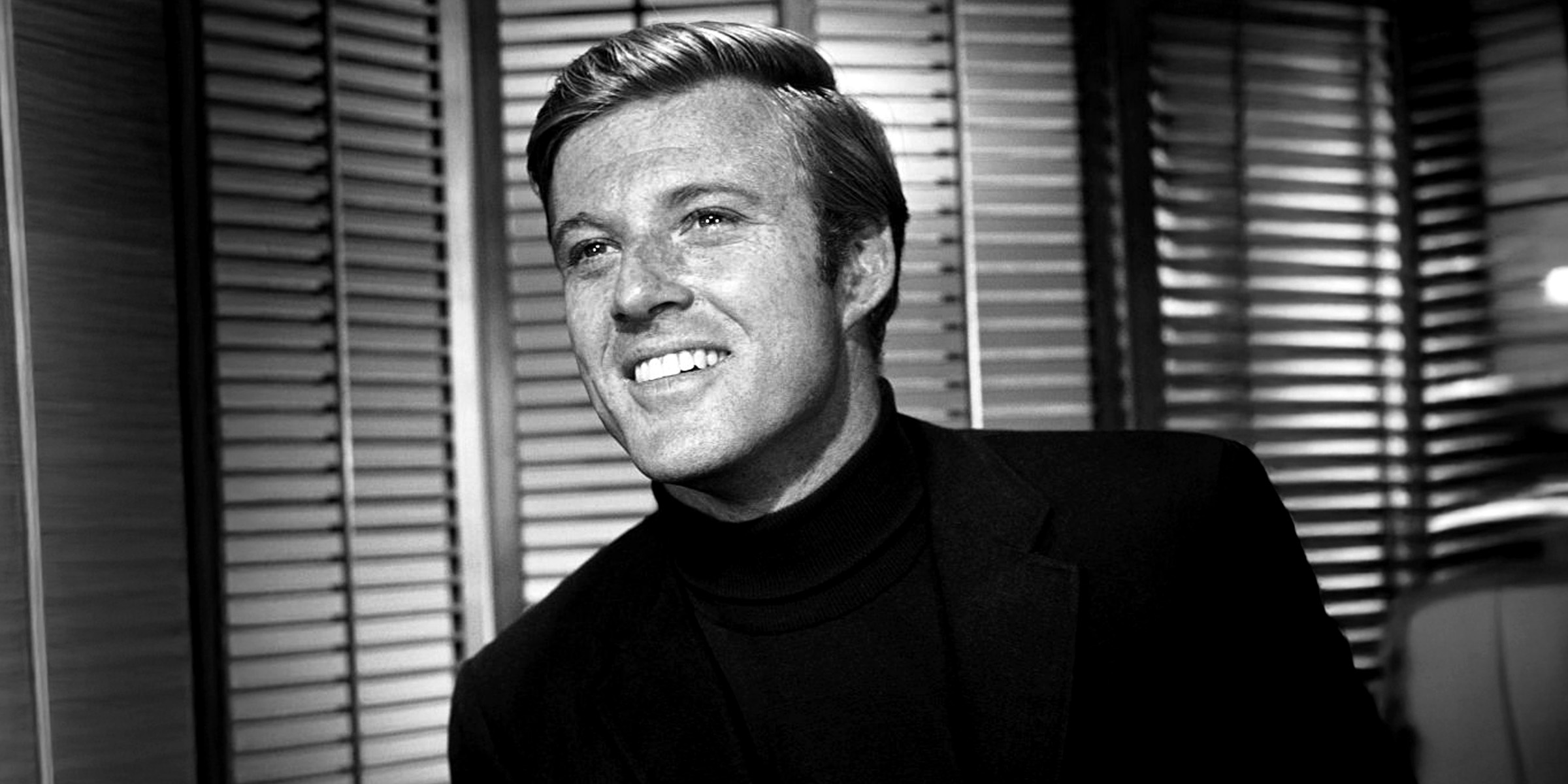
The Oscar-winning actor and director has died at his mountain home in Utah, drawing the curtain on a legacy that helped shape the very fabric of modern film.
Robert Redford, who brought intensity, elegance, and quiet defiance to some of the most unforgettable roles in cinema history, died on September 16, 2025. He was 89. His passing marks the end of an era for both mainstream blockbusters and the fiercely creative world of independent film.
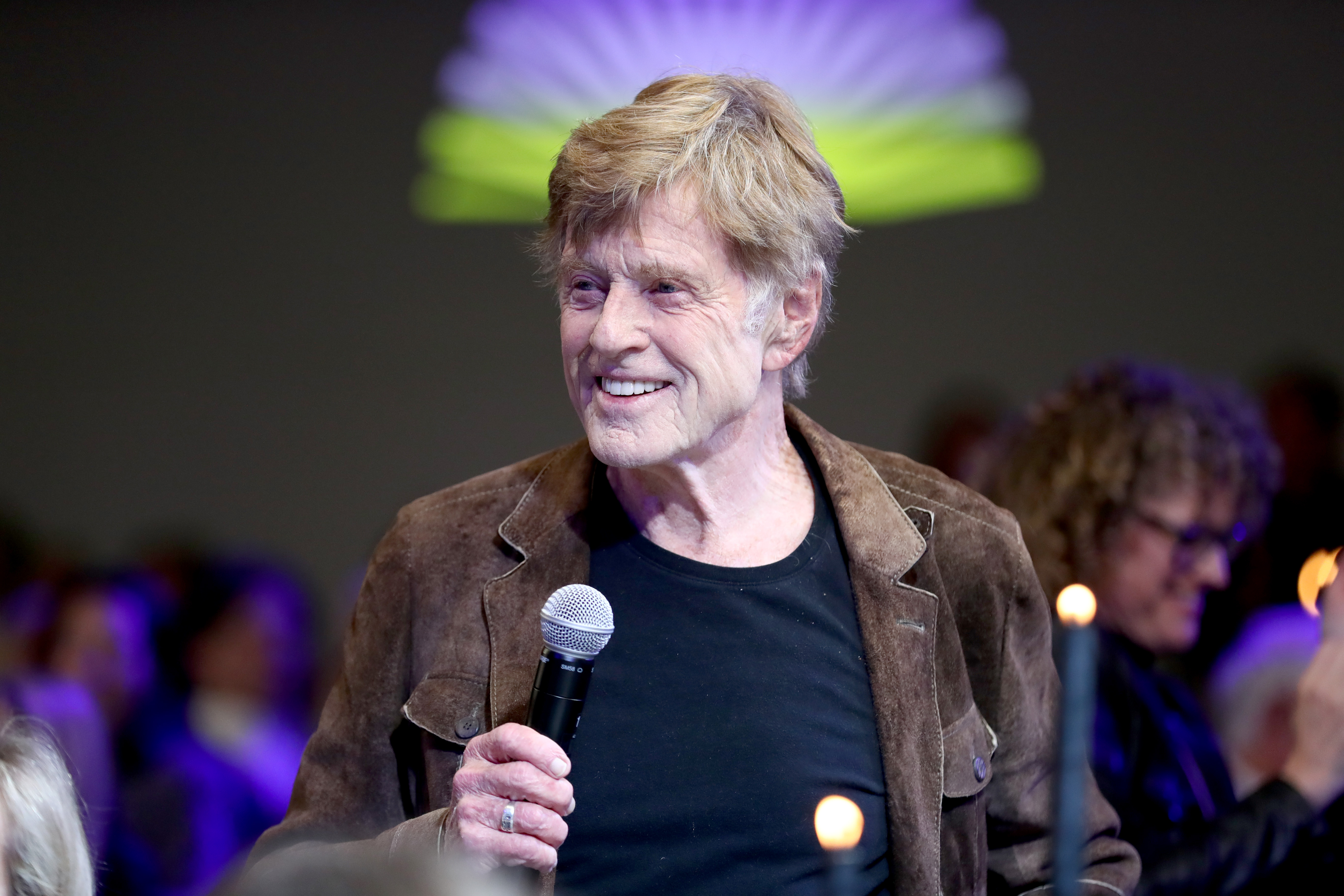
Robert Redford during Sundance Institute’s “An Artist at the Table Presented by IMDbPro” at the 2020 Sundance Film Festival on January 23, 2020, in Park City, Utah | Source: Getty Images
The news came on Tuesday in a solemn statement from Cindi Berger, chief executive of Rogers & Cowen PMK. According to her, the actor died in his sleep, but the cause has yet to be revealed.
From Leading Man to Industry Powerhouse
Redford wasn’t just a beloved actor; he was a cultural force whose work redefined what American cinema could be. While he never shied from stardom, his real passion lay in creating films that would influence the cultural landscape and not just entertain.
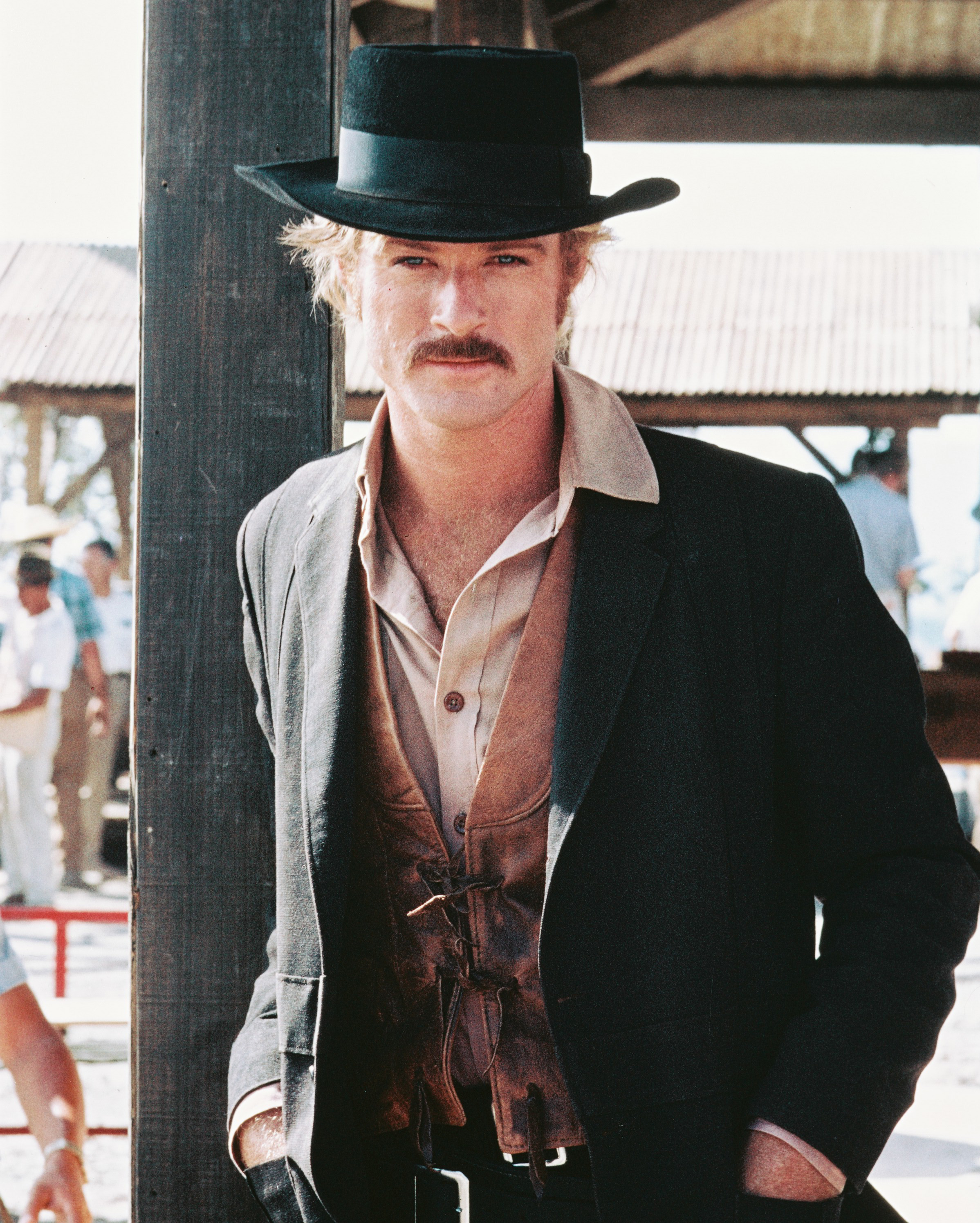
Robert Redford poses in a Western costume for a publicity portrait for the film “Butch Cassidy and the Sundance Kid” in 1969 | Source: Getty Images
He was unforgettable as the charming outlaw in “Butch Cassidy and the Sundance Kid” (1969), and hauntingly driven in the political thriller “All the President’s Men” (1976).
But his catalogue of iconic roles didn’t stop there. His other celebrated films include “Three Days of the Condor,” “The Sting,” “Barefoot in the Park,” “The Way We Were,” and the sweeping romantic drama “Out of Africa” with Meryl Streep.
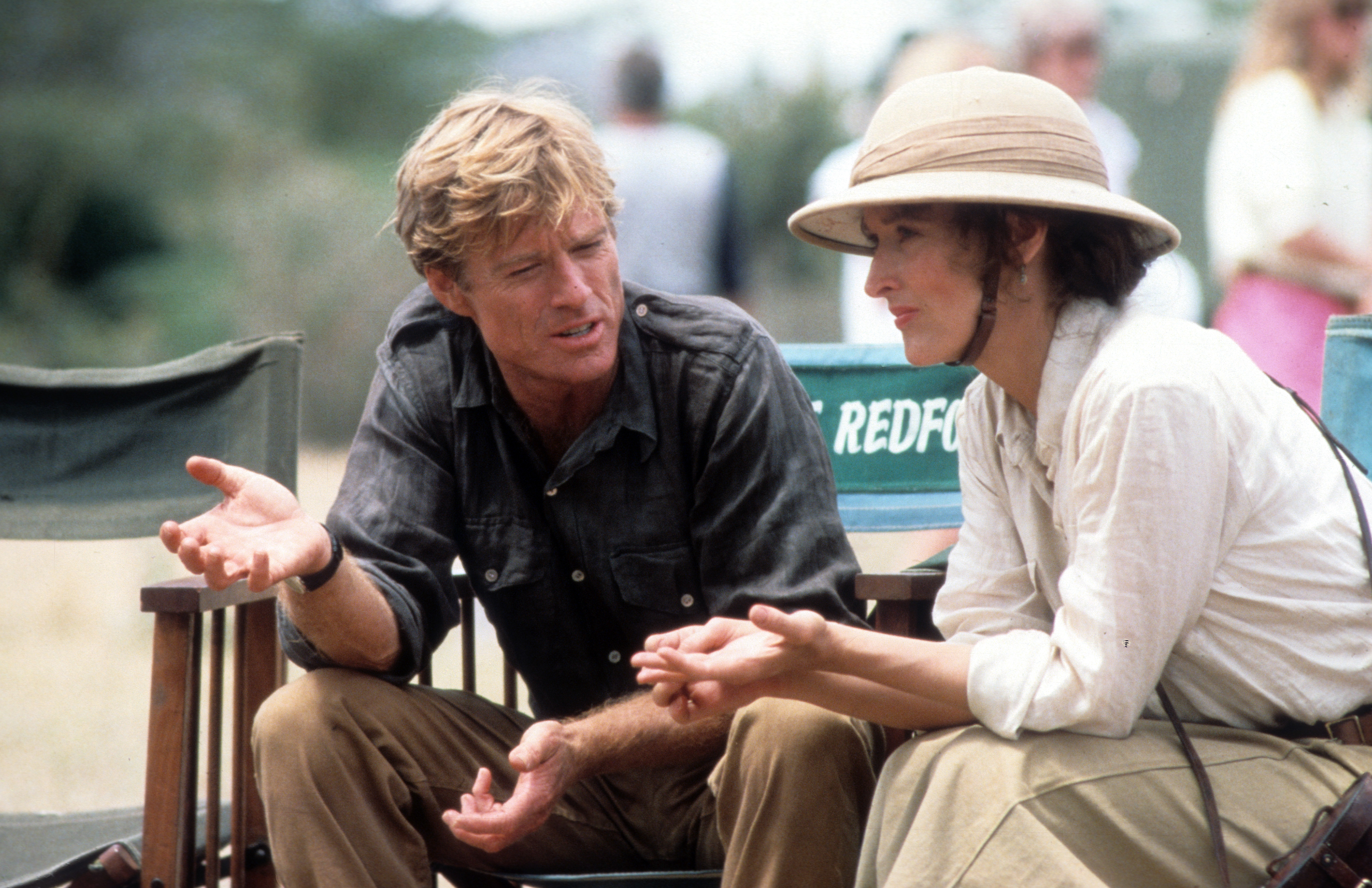
Robert Redford and Meryl Streep during production for the film “Out of Africa” in 1985 | Source: Getty Images
A Director with Purpose, and Nothing to Prove
By his 40s, Redford was no longer content to just command the screen. He stepped behind the camera and proved he could master every corner of the craft.
In 1980, he released “Ordinary People,” a devastating family drama that stunned critics and audiences alike. The film went on to win three Academy Awards, including the coveted Best Picture, cementing Redford’s status as a true auteur with an eye for emotionally raw storytelling.
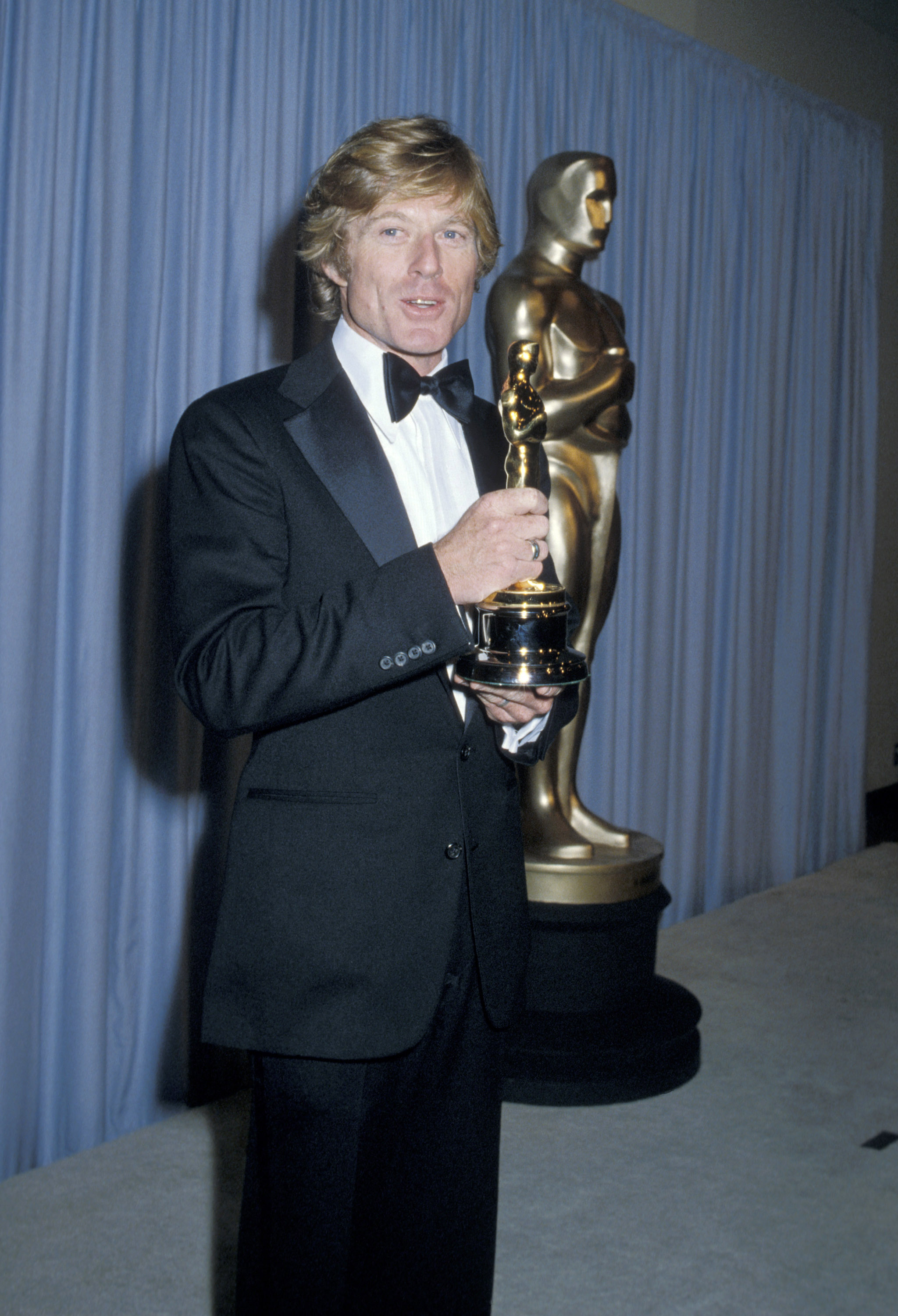
Robert Redford holds his trophy after winning Best Director for “Ordinary People” during the 53rd Annual Academy Awards on March 31, 1981, in Los Angeles, California | Source: Getty Images
A few years later came “The Milagro Beanfield War,” a project less successful by box office standards, but a bold creative swing nonetheless. Still, he refused to make anything he didn’t believe in, and that integrity defined every choice he made behind the lens.
He followed it with the breathtakingly beautiful “A River Runs Through It” (1992) and the sharp, politically charged “Quiz Show” (1994), which earned four Oscar nominations, further proof that his instincts were never wrong, even when the subject matter was complex or uncommercial.
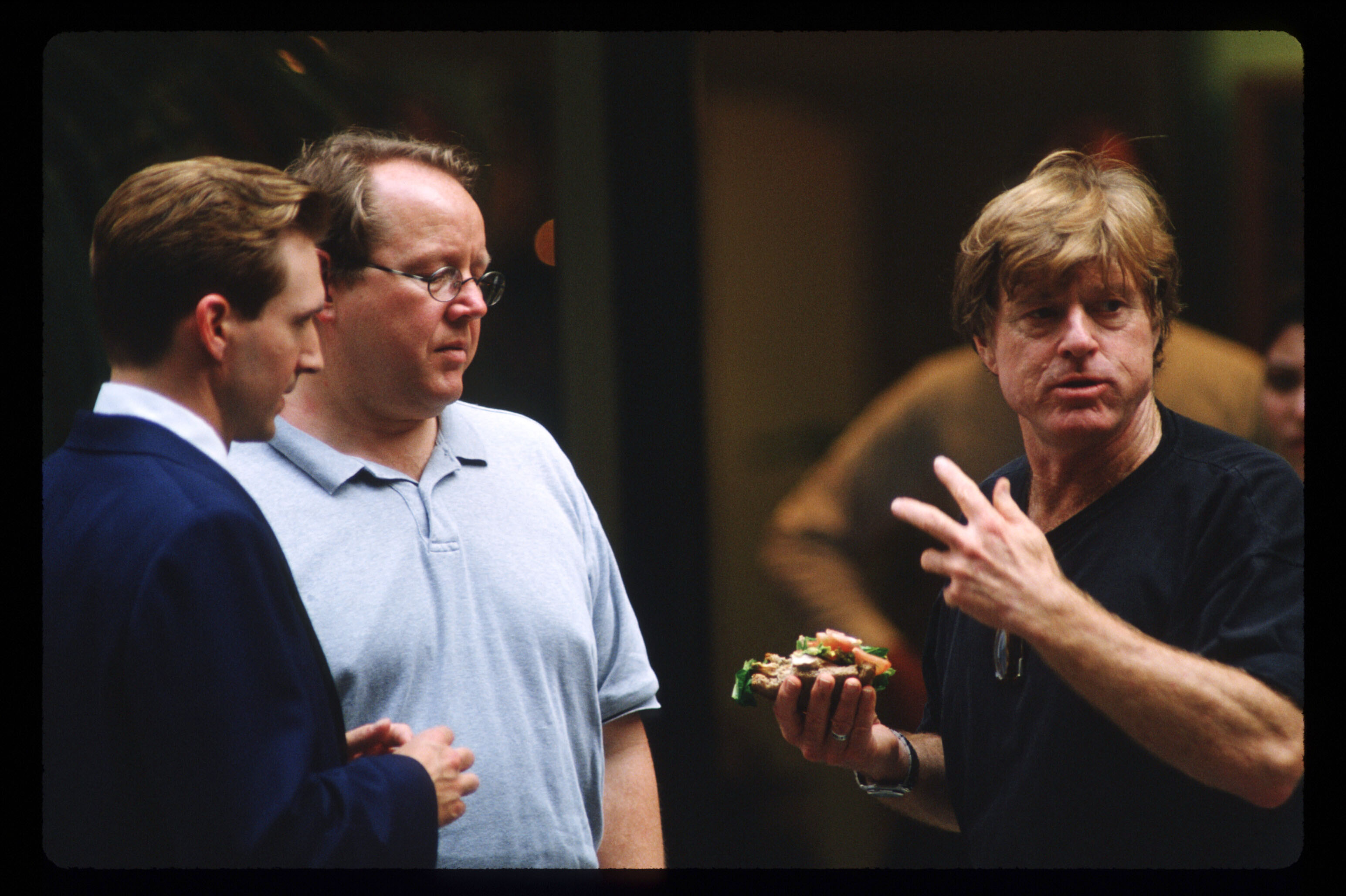
Robert Redford speaks with Ralph Fiennes while directing a scene from his new film “Quiz Show” on June 19, 1993, in New York City | Source: Getty Images
In his final years, Redford made one last, understated turn on the small screen in the series “Dark Winds,” where he made a cameo next to author George RR Martin. They play two prisoners playing chess in the first episode. Redford also produced 20 episodes of the show.
A Legacy That Changed Cinema
But perhaps his most powerful contribution was behind the scenes, where he helped shape the future of film through mentorship, vision, and grit.
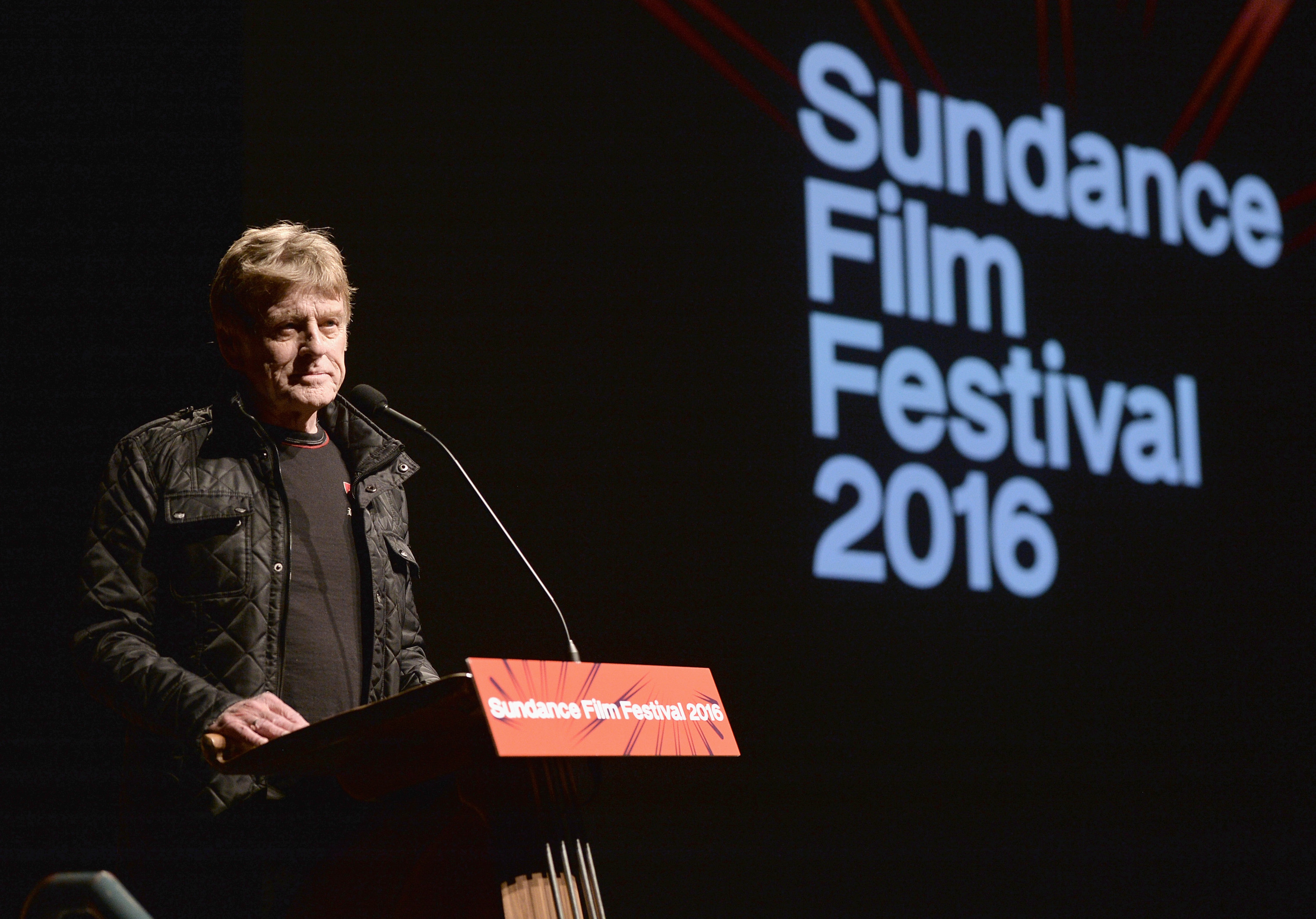
Robert Redford speaks at the “Norman Lear: Just Another Version Of You” Premiere during the 2016 Sundance Film Festival at Eccles Center Theatre on January 21, 2016, in Park City, Utah | Source: Getty Images
In 1981, Redford founded the Sundance Institute, a nonprofit dedicated to discovering and nurturing new ideas and people in cinema. Three years later, he took over a faltering Utah film festival, renamed it Sundance, and transformed it into one of the most important movie platforms in the world.
A Hollywood Romance, Bittersweet and Bare
Outside his professional work, Redford also had an interesting private life. As previously reported, one of his costars, Jane Fonda, revealed in 2023 some intricate details about him. Redford and Fonda starred together in the movies “Barefoot in the Park” and “The Electric Horseman.”
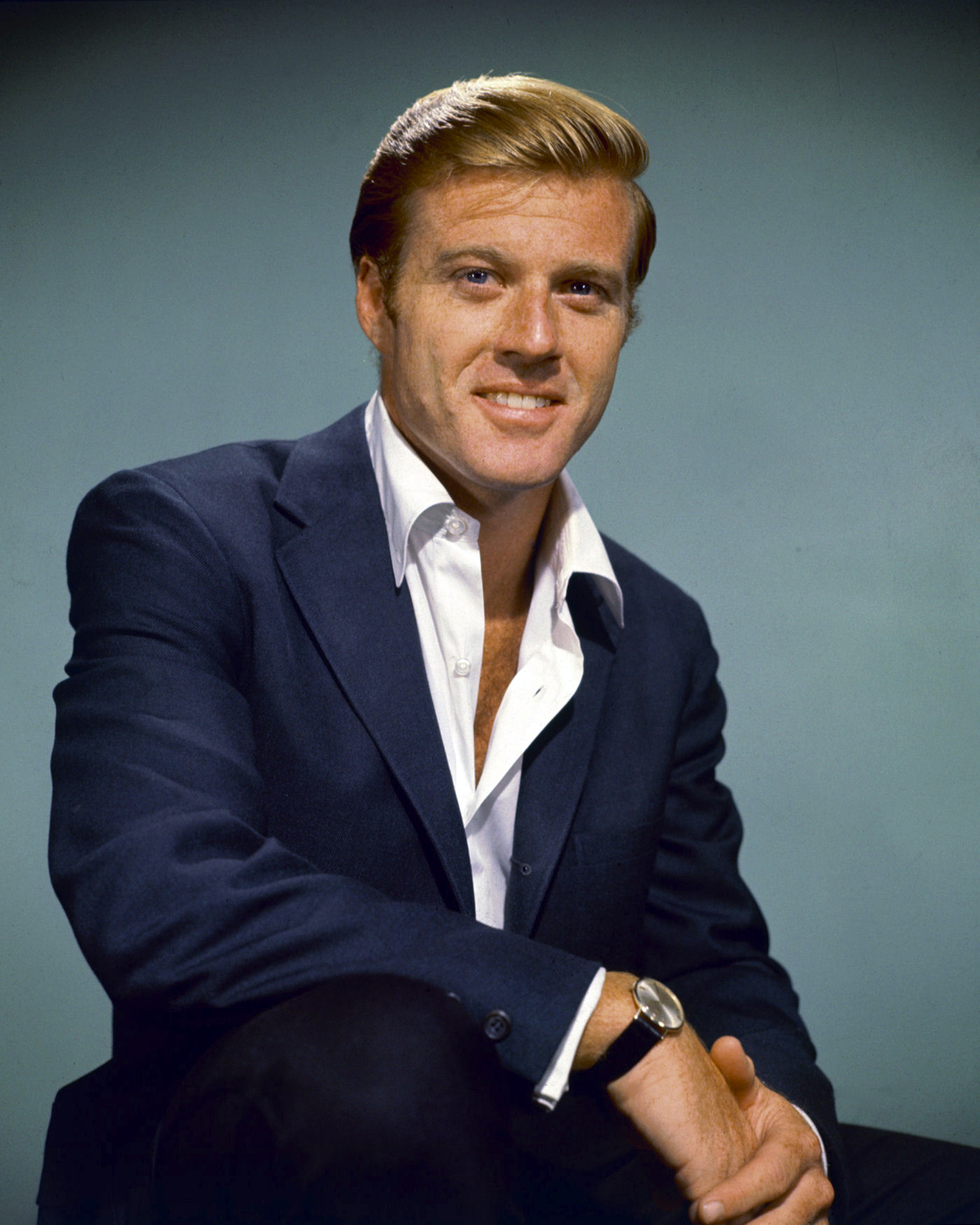
Robert Redford’s portrait in 1970 | Source: Getty Images
Fonda said she was in love with Redford when they worked together, but he didn’t love hugging on-screen and never kept a positive attitude while filming. She remarked:
“He did not like to kiss. I never said anything. And he’s always in a bad mood, and I always thought it was my fault.”
However, Fonda said Redford was a good person and that they always had a good time together. She noted that the actor’s only problem was that he had issues with women.
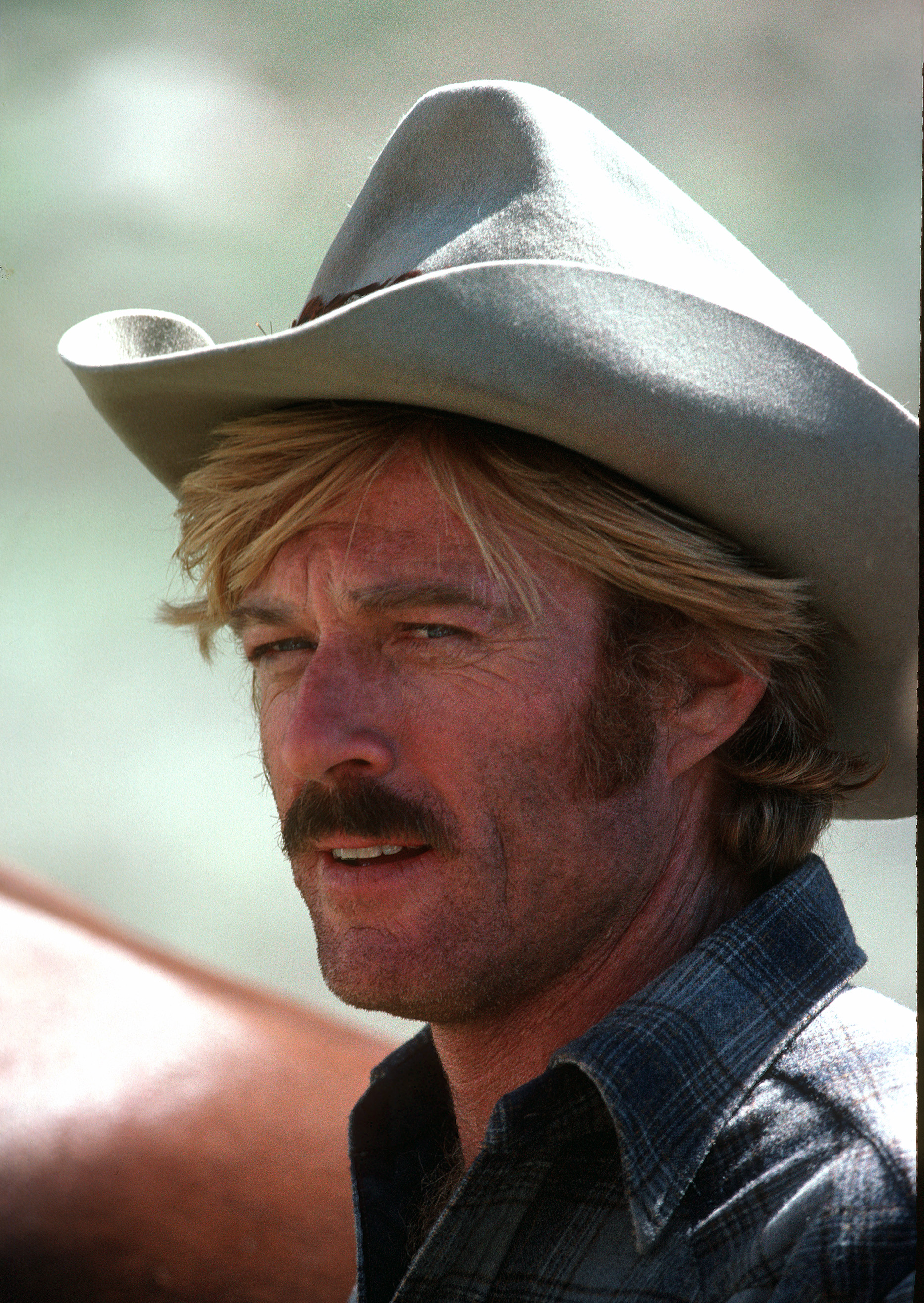
Robert Redford in Utah in March 1979 | Source: Getty Images
A Reunion Years Later, and a New Perspective
Fonda and Redford worked together again in their older years. They both featured in the film “Our Souls at Night,” which was released in 2017.
This time, Fonda said she finally knew his moods had nothing to do with her. She revealed that Redford would come to set three hours late and in a bad mood, but that never bothered her anymore.
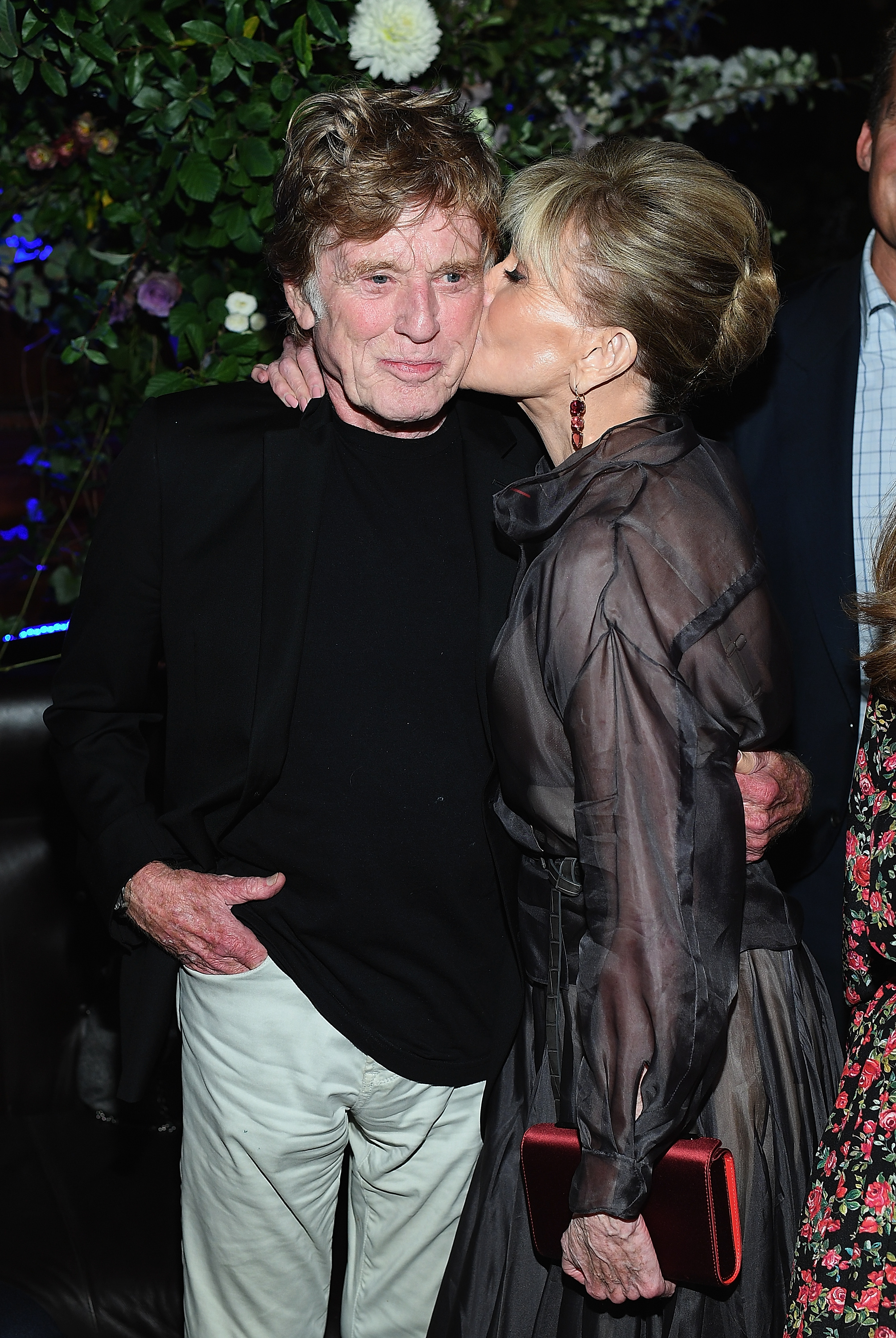
Robert Redford and Jane Fonda in New York City on September 27, 2017 | Source: Getty Images
His Second Marriage
Aside from acting, Redford was also a family man who was married twice. He met his second wife, Sibylle Szaggars, in 1996. The pair were in a relationship for years before they tied the knot in July 2009 in Szaggars’ home country, Germany.
The actor and Szaggars’ relationship lasted over 25 years. Redford was always smitten with his wife, as he said, “She’s a very special person. She’s younger than I am, and European, which I like, so that’s a whole new life.”
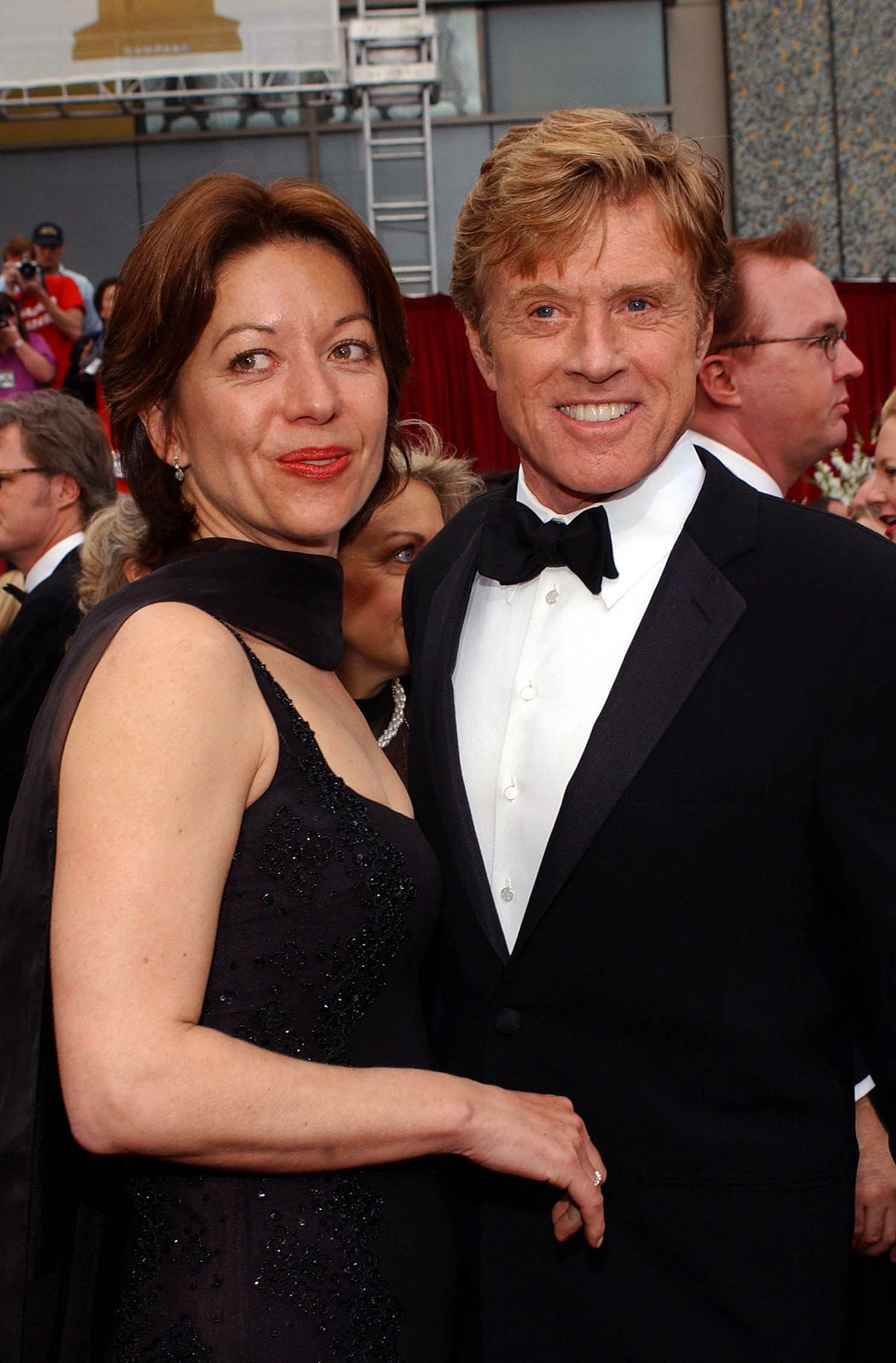
Sibylle Szaggars and Robert Redford in Hollywood, California on March 24, 2002 | Source: Getty Images
Szaggars is a creative like Redford, but she has taken a different approach. The actor’s wife is a visual artist who works with varied styles to create her art. Her website indicates that she does oil painting and photography with the main aim of spreading environmental awareness.
On her website, the visual artist revealed that her art is created to speak to a profound universal consciousness that is connected and dependent on the earth and its environment.
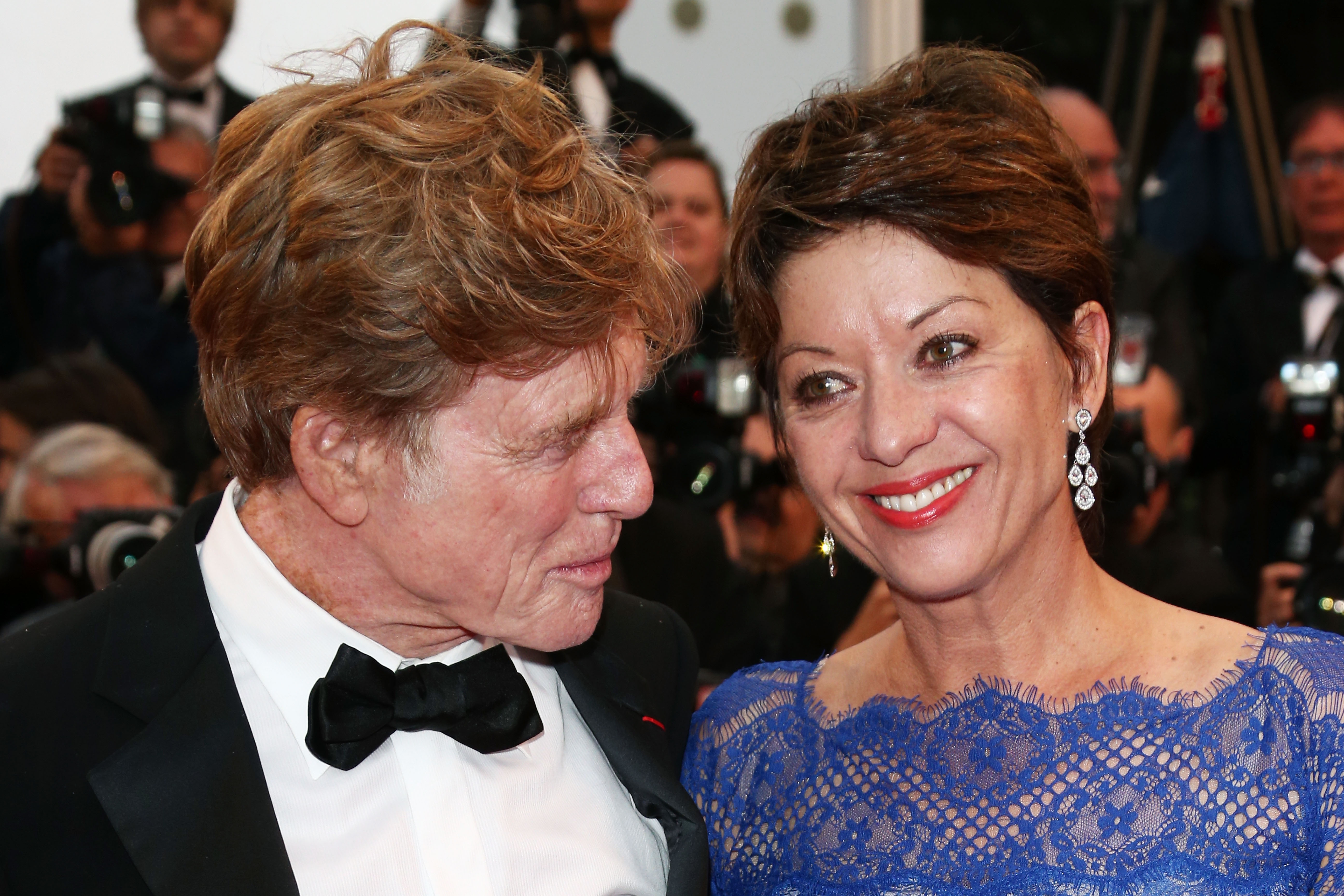
Robert Redford and Sibylle Szaggars in Cannes, France on May 22, 2013 | Source: Getty Images
A First Marriage That Ended in Heartbreak
Before Redford married Szaggars, he was married to a historian, Lola Van Wagenen, from 1958 to 1985. Wagenen has a Ph.D. in American History from New York University.
The pair got married when they were very young adults. They were blessed with four kids throughout their relationship, but unfortunately lost two.
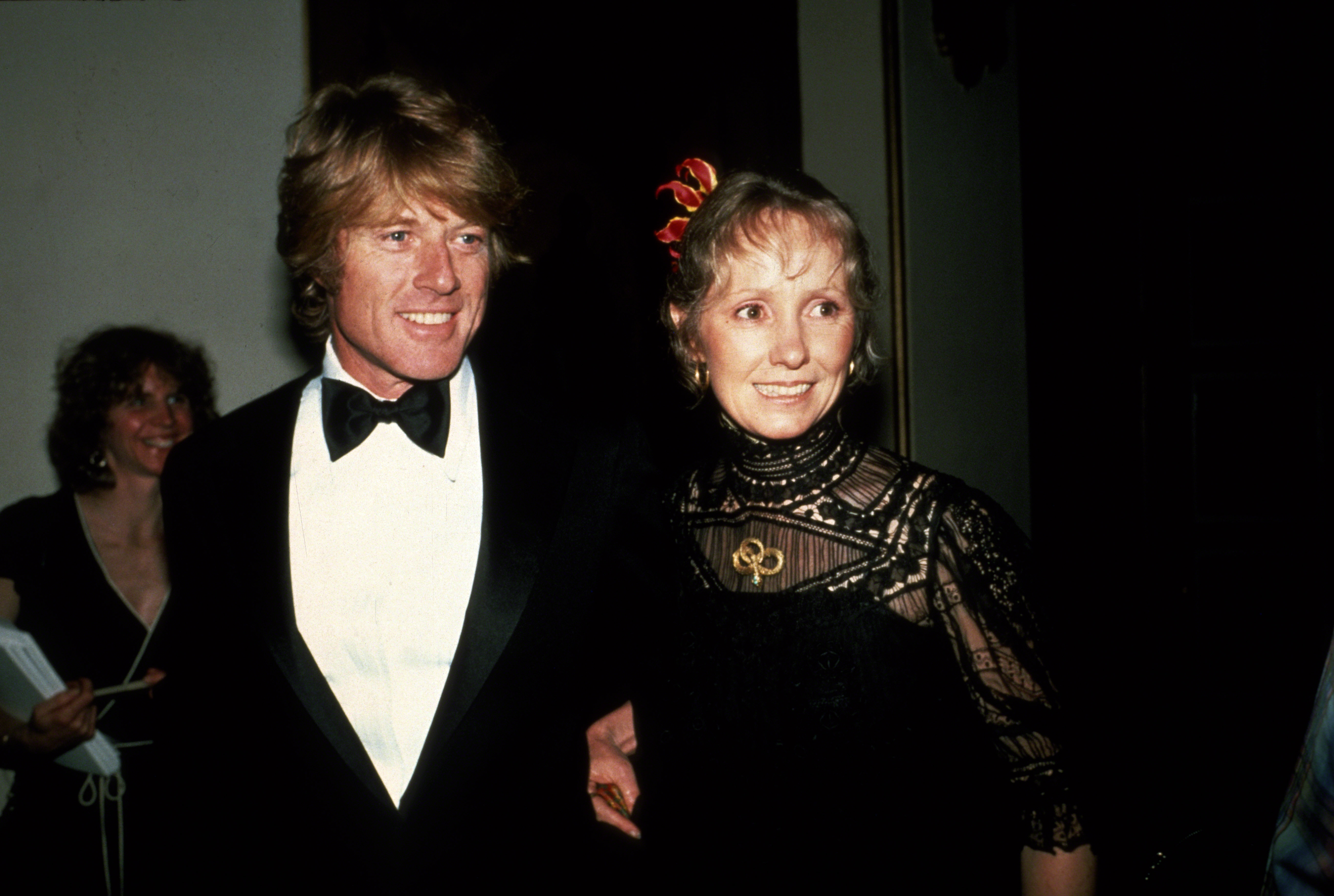
Robert Redford and Lola Van Wagenen 1981 in Los Angeles, California | Source: Getty Images
They welcomed their first child, Scott, on September 1, 1959. Sadly, he died in infancy of sudden infant death syndrome (SIDS).
Redford admitted that his child’s death at such a young age created a scar that never healed because, as a parent, one ends up blaming oneself:
“We were very young. I had my first theater job, which didn’t pay much. We didn’t know anything about SIDS, so the only thing you think is that you’ve done something wrong.”

Robert Redford with Lola Van Wagenen and kids Jamie and Shauna in New York City on June 15, 1969 | Source: Getty Images
The ex-couple went on to have three more kids. Their second child, Shauna, was born on November 15, 1960, and James, in 1962, and their youngest, a daughter named Amy, was born on October 22, 1970.
Redford’s and Wagenen’s kids grew into successful adults who pursued creative careers. James became a film director, but unfortunately, he died after battling liver cancer in mid-October 2022 at the age of 58.